Normalcy, Time-Crunch, Homeschooling Blues, and Dreaming: Thoughts at 6 Months
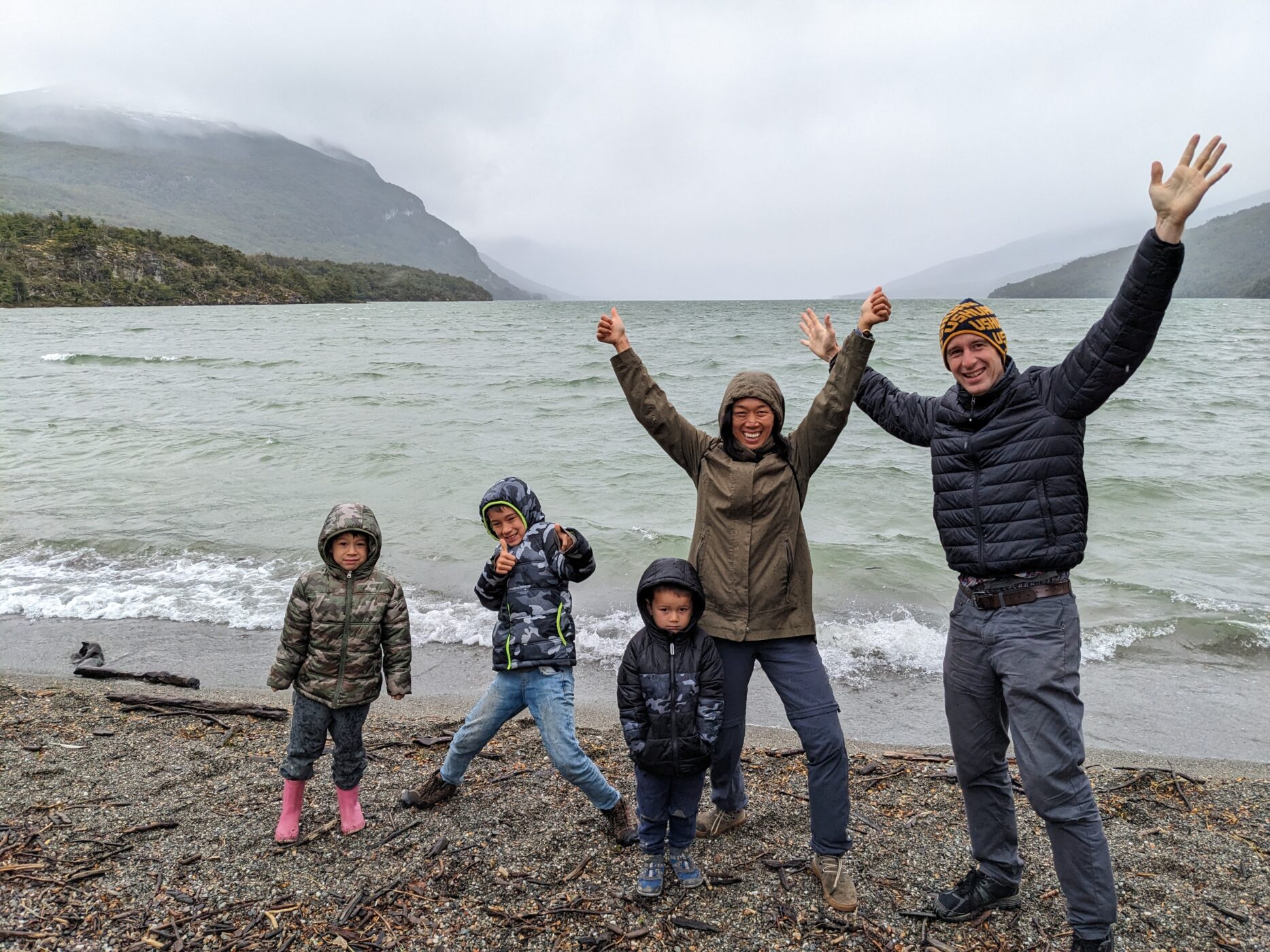
Reflections at the halfway point of our family gap year.
On July 1, 2022, our family of five walked out of our house in the suburbs of Chicago with a backpack each and said goodbye to life as we knew it. Since starting our family gap year, we’ve eaten fabulous feijoada at a hole in the wall restaurant in Brazil, left a rental car stuck halfway up a mountain in mud, gotten drenched in the mist of Iguazu Falls, taken frog-filled showers at dusk in the Pampas, and wandered the streets of Buenos Aires with all our luggage after missing a ferry to Montevideo.
There have been highs, lows, and many ordinary moments in between where we look up every once in a while and think, “Man. I can’t believe I’m here, with my people, doing this crazy thing. It all seems so normal.”
Now in January, 2023, we’re reaching the halfway point of our journey. What seemed like an endless expanse of days now has an end in sight. We’re already starting to sketch out the itinerary for our final six months on the road and consider more seriously, what’s next?
Hitting the midpoint milestone also has us taking stock. What has the first half of this adventure meant to us? How have we changed? What might we want to do differently in the second half of our trip, and in life more generally? Here are some reflections thus far.
Life Returns to Normal, Anywhere You Go
In a hostel in Rio de Janeiro, the five of us piled into a single room with triple-stacked bunk beds, trying to keep the bathroom door shut to keep the stench of sewer gas from leaking out. I felt giddy, nervous, excited, scared, and disoriented. We did it! We left the country! We’ve struck out for the year! In the first days of our travels, I felt the same kind of elation one feels on a two-week international vacation. The scenery is new, you’re away from your everyday life, and the jet lag makes you a little tipsy. It feels as if anything could happen. Life is wide open.
Surprisingly quickly, within a few weeks, we came down from the initial high of our departure and settled into new traveling routines of remote work, homeschooling, volunteering, and sightseeing here and there. Everywhere we go, we have to figure out how to clean our clothes, clean ourselves, procure food, and cook the food (not always so straightforward with the funky gas stoves in some places). These regular tasks form a kind of baseline structure for our days, in addition to our younger kids still being at the ages where they take afternoon naps.
There are also, of course, the same personal and interpersonal challenges living on the road as we had back home. I get caught up in sopping up a spill on the floor while Matt taps his toes, waiting for the rest of us to get our act together so we can catch our next ride. Our youngest child persists in ripping every object out of the hands of our second child without asking, because he is who he is —the youngest. We have technical issues with our computers, which leave us frustrated for hours. I spend too much time on social media.
And so, in the bejeweled mountains of Brazil or on the windswept sand dunes of Uruguay, we open our eyes to new views and live out our everyday lives.
The realization of the normalcy of our current life is both sobering and transformative. It means that simply changing the scenery isn’t going to get us out of our mental ruts (though it does help a bit). But it also means that transformation is just as possible at home, living out an unremarkable life in the American suburbs, as it is in any far-flung location. It’s all about your heart postures and how you choose to face each challenge.
A Year Isn’t Long Enough
Our blog is called Slow Camino because of our travel philosophy. We don’t want to rush around checking top sights off a list. We want to stay long enough in a place to feel part of it, to understand it better. But it means that we spent the first third of our trip in one single state in Brazil. Now we’ve got two more countries under our belts — Argentina and Uruguay. But still, in the second half of our trip, we have a lot of ground to cover. We’re planning to travel up from Ushuaia, the tippity-tip of South America, to Colombia, all the way in the north of the continent. Over land, that’s about 11,000 kilometers, or 150 hours driving a car (buses, which are part of our travel strategy, are even slower).
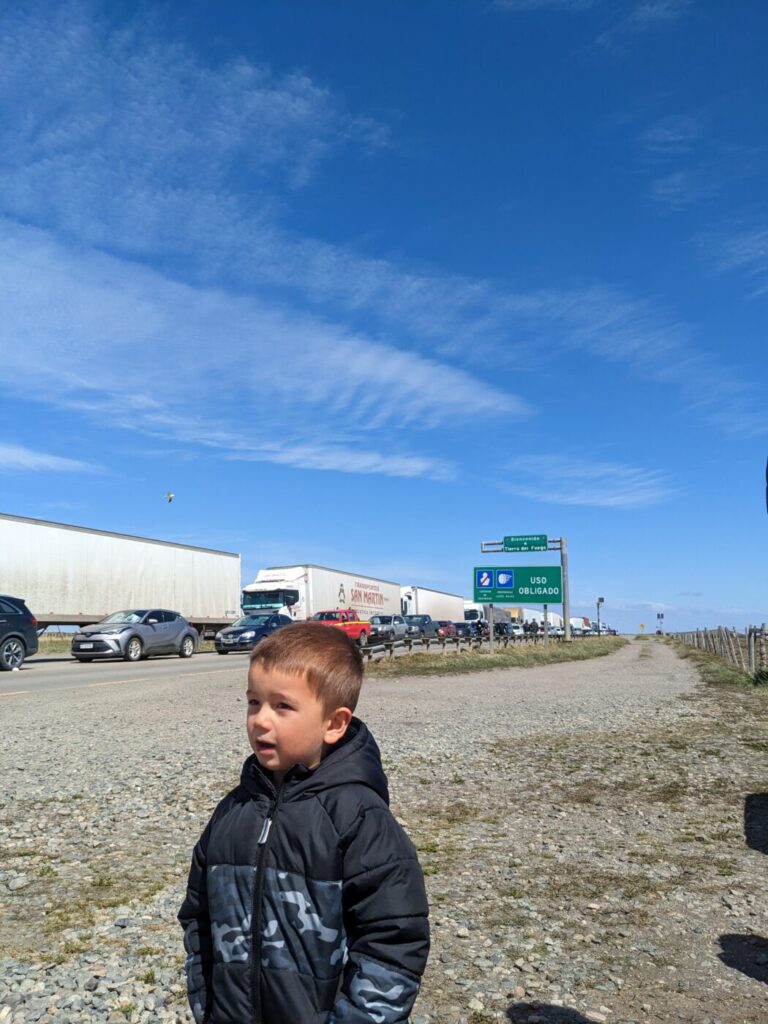
With six months to go, we know we won’t be able to stop at all the places we want to experience. Even with a year to explore, we’ll have barely scratched the surface of this incredible continent.
We’ll be speeding up a bit in the coming months, staying at places for a max of three weeks, and some for just a night, as we do long-distance bus layovers. It feels silly to say, but we’re feeling somewhat rushed with just six months left to finish this once-in-a-lifetime adventure. We’re wondering whether we might be able to pull off another year, if not right away, then maybe sometime down the road. Suffice it to say, we’re not ready to come home yet.
Homeschooling Is Hard
The main reason we’re likely to call it a year and go back to our life in the Chicago suburbs come next fall is schooling. We’re doing “worldschooling” with our kindergartener and 3rd grader currently. It’s a mix of keeping up with math, reading, and writing and adding in whatever subjects that inspire our kids’ curiosity, often based on the places we’re visiting. For example, as we marveled at the layers of sand deposited in a part of the dunes carved out by a river by La Paloma, Uruguay, one child asked how we can tell how old a rock is. That started us into a mini-unit on types of rocks and rock dating.
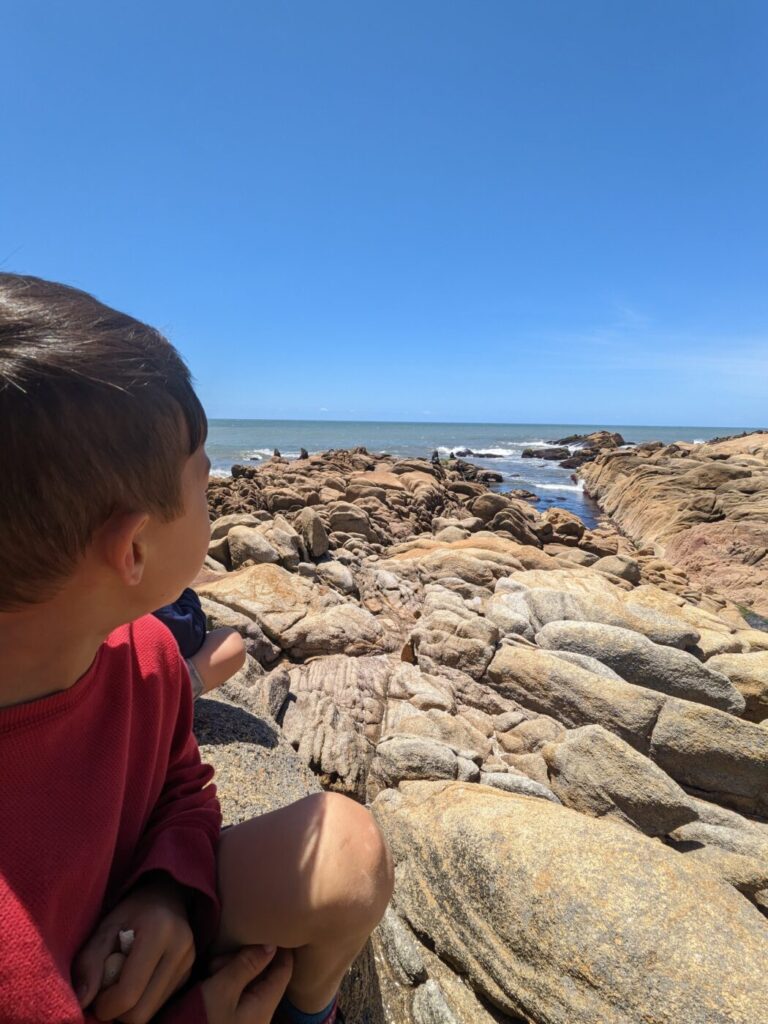
Matt and I really enjoy talking with our kids and wondering with them about how the world works. We get into long chats about human society, the natural world, and also how humans and nature interface. We recently started going through the 12 principles of permaculture with the boys, discussing one principle a night, and it has led to some really lively discussions.
But making our kids learn their multiplication tables, Spanish conjugations, and the basics of reading? To be honest, it’s often a real drag. We haven’t been nearly as consistent as we should be, especially when there are way more exciting things to be doing out of the house in the new places we’re visiting.
For now, we feel competent enough to keep our kids on par with their peers back at home, but we’re not sure we’d be up for another year of this. Our children seem to be way more motivated to do school when they have friends to go to school with and a regular school schedule to keep them humming along. Making sure our kids are learning well and learning consistently is one of our primary concerns as we think about what’s next.
Dreaming of a Land Project
Speaking of what’s next, we still haven’t given up on the possibility of buying some land and starting a guesthouse, bakery, farm, etc. This is a dream we’ve nursed for over a decade now. In the course of this sabbatical year, we’re visiting various land projects, from agroforestry experiments, to nature education centers, to regenerative grazing operations, to permaculture retreat sites, to organic coffee farms. We’re taking in the wide range of what is possible out there. Some land projects cover hundreds of acres; some only a couple. Some make their money off of voluntourism; some survive on donations; some have yet to turn a profit. Some have volunteers; some have employees; some have a combination of both. Some have a spiritual/religious focus, some are open to all religions and spiritualities.
In all cases, these projects aim to make their small contribution to our universal human dilemma: how do we take care of the earth and transition from a way of life that is depleting the vitality of our planet to instead become a regenerative earth culture?
It’s possible to address this question while living in the suburbs or city. We need people in all walks of life, in every place, working in every sector, asking this question. But me, personally, I’ve always longed to live on a piece of land where I can plant a swath of fruit trees and be around to pick the harvest years later. I’ve always wanted to do something on the land. For me, being part of the solution to our ecological crisis means getting my hands in the dirt and having a long, deep relationship with a specific place on earth. Sure, we have our house in the suburbs with a little raised bed garden, but it’s not enough land to do much with. We’re itching to have some more land to experiment on, to invite others into, to contribute our small part to The Great Turning.
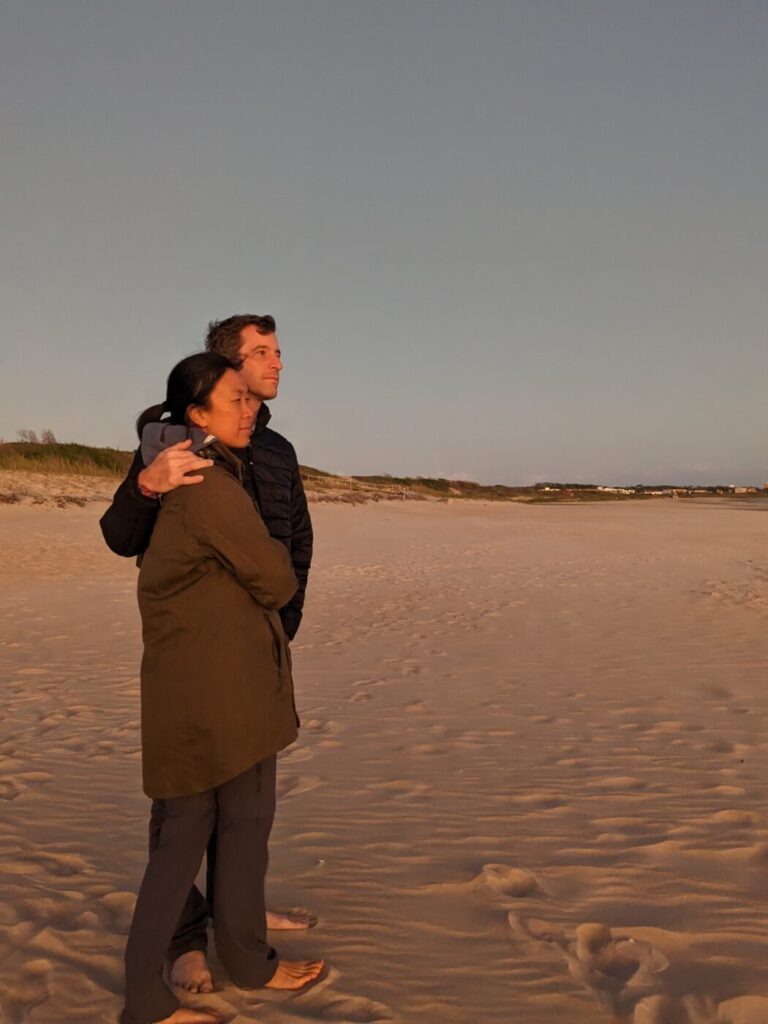
It’s possible that our family could join up with an already-existing project, such as one of those we’ve already visited. One of the things we’re learning about ourselves as a family unit, though, is that we thrive on a certain level of autonomy. Matt and I both like taking a project by the reins and having some level of creative license from start to finish. This is a big tension for us as we wonder where, how, and when to make our land dreams a reality. What is the right balance of community accountability and support vs. individual freedom?
Seeing the Forest for the Trees
If you don’t know this about me already, I have a little bit of OCD, obsessive compulsive disorder. It’s not at a level that requires clinical treatment, but it’s something that I’ve struggled with all my life, to see the forest instead of focusing on the individual trees. In everyday life, it’s easy to get caught up in the trees. This kid has this ailment and I’ll spend a whole afternoon Googling potential treatments. My pants have a stain and I’ll zoom in on fixing this when the more important task at hand is being with my family at bedtime.
Obviously, I’ve recovered enough as a perfectionist to be mostly functional in life, even to the point of being able to embark on a year of unknown adventuring with my husband and young children. But the obsessive compulsion still catches up with me at times. I regularly need to step back, look up, take a breath, and practice gratitude. I want to say that I’ve gotten better at this in the past six months. Incremental progress, not wholesale transformation. You can ask my husband and kids if this is accurate.
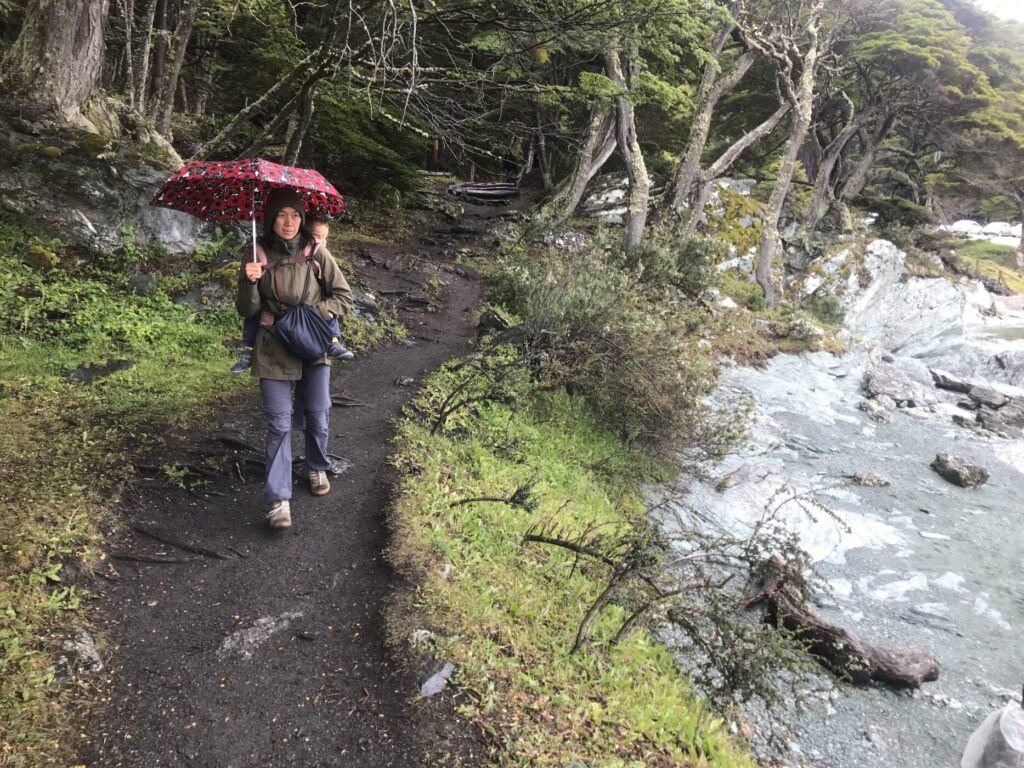
In any case, there is so much to look up for and gaze at in wonder: We’re here. We’re still doing this thing. It’s not as crazy as we imagined. Or maybe it is but it’s just our normal life now. Today we’re wandering the plazas of Montevideo, Uruguay. Next week we’re hiking to the glaciers of Torres del Paine National Park in Chile, in southern Patagonia.
This is our life, and we’re loving it. Anything is possible.






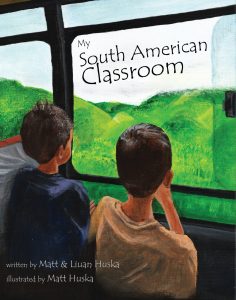
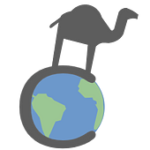
Thanks for another great post.
Great post!